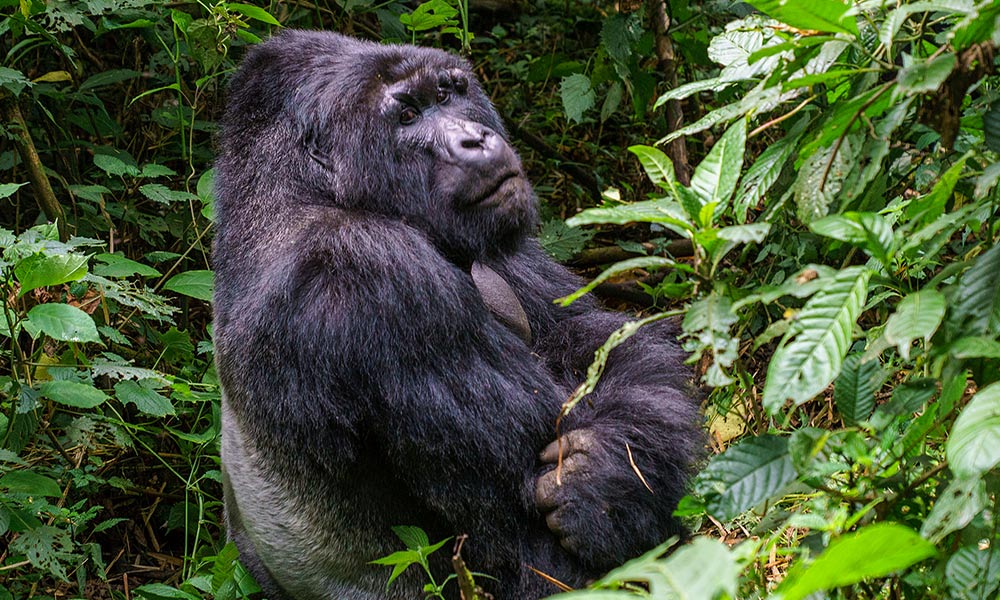The word ‘bushveld’ originates from the Afrikaans word ‘bosveld’, which is composed of the words ‘bos’ meaning ‘bush’, and ‘veld’ meaning ‘field’. Bushveld is pronounced “bushfelt”. It has become a generic term to refer to the wild, open and unpopulated spaces of Sub-Saharan Africa, though nowadays it is more specifically used when referring to game reserves. The word ‘bush’ is a shortened version with the same meaning, and is a common term in other countries such as Australia.
Bushveld occurs throughout Sub-Saharan Africa, being composed of a number of different biomes, as detailed in the section below. It is worth noting that almost all of the so-called ‘wild’ areas in Southern African are actually managed areas. In this day and age, our reserves are restricted areas within boundaries, and they need to be managed as such in order to preserve the correct balance of the ecosystems within them. It is no longer possible to let wild animals run free across the continent and management plans are put in place to ensure these animals can live at peace in their natural enironment without coming into conflict with the humans living in and around the reserves.
The Biomes
A biome is a major regional biotic community, such as grasslands or forests, being the most prevalent vegetation type of a particular area. There are eight major biomes in Sub-Saharan Africa; savanna, grassland, forest, thicket, desert, succulent karoo, nama karoo and fynbos.
 Savanna
Savanna
Savanna can be found throughout much of Sub-Saharan Africa, including Botswana and North-Eastern Namibia, such as seen in the Central Kalahari Game Reserve. It is also found in Northern South Africa, Southern Mozambique, Zimbabwe, Kenya and Tanzania. The savanna biome is typified by small trees, scrub and grassland, and is often considered to be an iconic biome that represents the African bush. It is also a good biome for bush walks and trails as it is quite easy to move through.
 Grassland
Grassland
The Highveld area of central and eastern South Africa is home to the grasslands, which feature huge plains of grass and very few trees. The Serengeti in Tanzania, East Africa, is also well known for its grasslands. The savanna and grassland biomes are the vegetation types most commonly associated with the ‘bushveld’, partly because many of the nature documentaries about African wildlife are filmed in these areas! Savanna and grassland also contains the vegetation that most herbivores like to eat.
 Forest
Forest
The forest biome occurs mainly in the ‘jungles’ of western and central Africa, and in eastern areas of Southern Africa that experience high rainfall, and on the southern and eastern coasts. The forests are composed of tall trees and a dense, tangled undergrowth of large ferns, shrubs and climbers. Depending on the country, they can range from vast, dense areas such as the jungles of the Congo, to smaller pockets of vegetation as found in parts of South Africa. They are excellent places for insects and reptiles!
 Thicket
Thicket
Thicket refers to the tangled web of impenetrable undergrowth, small shrubs and trees, found mainly on the coast lines, and also along river valleys. It is very difficult to move through thicket, unless you have a big machete and lots of will power! As such, smaller animals tend to populate thicket biomes, crawling around in the safety of the dense undergrowth. It is also a great place for insects and reptiles to live, as the thick vegetation will give them good cover from any predators up in the skies.
 Desert, Succulent Karoo and Nama Karoo
Desert, Succulent Karoo and Nama Karoo
Desert can be found in Western Namibia, and features rolling sand dunes and a dry, barren landscape. Succulent Karoo is a semi-desert area typified by hard gravel plains and succulent plants. It looks less barren than a sand desert but water is in very short supply and hard to find. Nama Karoo is a semi-desert arid area primarily found in the Western Cape of South Africa, and consists of low woody scrub and succulents. The area is stony and features low hills, some with flat tops.
 Fynbos
Fynbos
Found almost exclusively in the Western Cape of South Africa, fynbos is the world’s smallest floral kingdom, featuring over 8,500 species, and 6,200 of them being endemic species that do not occur anywhere else on the planet. As such, it is an important area of conservation. It has the appearance of Mediterranean heath, often with splashes of brightly coloured plants and flowers. The famous Garden Route will take you through very scenic fynbos, and this biome is something of a botanists dream!








